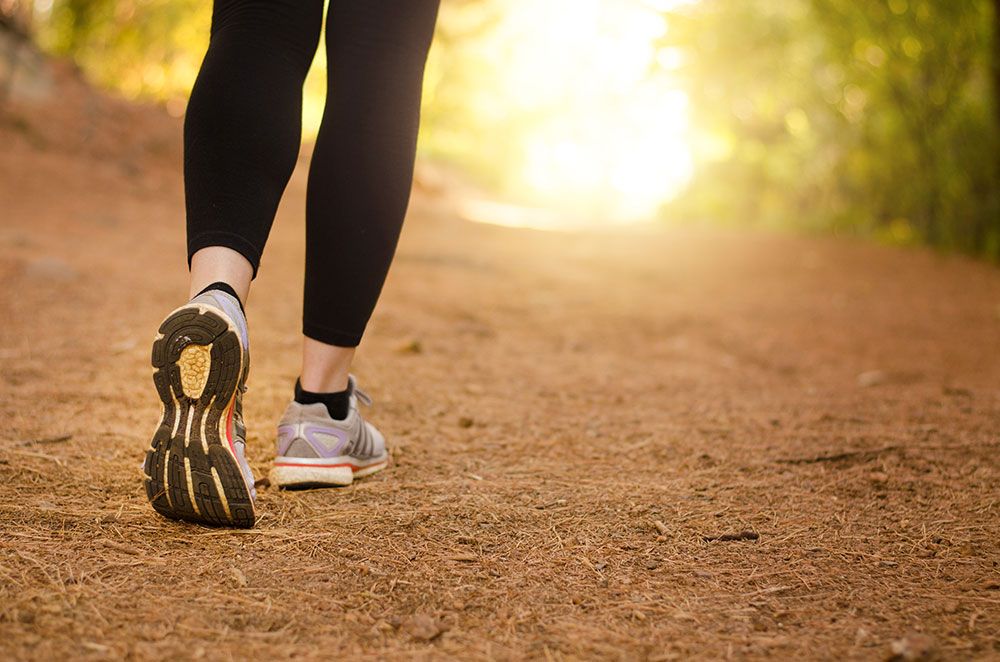

Or count how many steps you take in six seconds and multiply by 10. Just count how many steps you take in 10 seconds and multiply that number by six, she says. “You do not need special equipment or expertise.” “This is a number that is very easy for any of us to measure on our own,” she says. Or put more simply, it required about 100 steps per minute. What is a normal heart rate 20 years, 100 to 170 bpm, 200 bpm 25, 98 to 166 bpm, 195 bpm 30, 95 to 162 bpm, 190 bpm 35, 93 to 157 bpm, 185. Tudor-Locke and her colleagues found.īrisk walking involved a pace of about 2.7 miles per hour. They wound up with 38 studies that had included hundreds of men and women ranging in age from 18 to elderly and of many different B.M.I.s.īut despite the differences in the participants, the data about what made their walking brisk, or “moderate,” was consistent across all of the studies, Dr. They also wanted to find studies that had examined people of varying ages and body mass indexes, to see if a single measure of what makes walking brisk could apply to almost everyone.


They began by looking for recent, good-quality published studies that had tracked people’s walking pace and cadence, which is the number of steps they take per minute, as well as other measures of their effort, such as heart rate or increases in respiration. So, for the new study, which was published in June in a special issue of the British Journal of Sports Medicine devoted to the topic of walking, she and her colleagues decided to see whether there was enough data already available to develop a more precise and useful definition of brisk walking. Your heart rate should range from 90 to 135 beats per minute while taking a brisk walk. “Who wants to sing when they walk?” she asks. That definition seemed impractical to Catrine Tudor-Locke, a professor of kinesiology at the University of Massachusetts in Amherst, who has long studied how much exercise might be needed or sufficient for health. Used by the Centers for Disease Control and Prevention and other agencies in their guidelines, it defines brisk walking (and other moderate-intensity activities) as occurring at a pace at which people can talk but not sing. They contribute $100,000 to $249,999.Even the simplest, often-cited description of brisk walking can be vague and confusing. Our Supporting partners are active champions who provide encouragement and assistance to the arthritis community. Our Signature partners make their mark by helping us identify new and meaningful resources for people with arthritis. Our Pacesetters ensure that we can chart the course for a cure for those who live with arthritis. Our Pioneers are always ready to explore and find new weapons in the fight against arthritis. Post-menopausal women who walk just one to two. These inspired and inventive champions have contributed $1,500,00 to $1,999,999. Walking wards off heart disease, brings up the heart rate, lowers blood pressure and strengthens the heart. Our Visionary partners help us plan for a future that includes a cure for arthritis. Our Trailblazers are committed partners ready to lead the way, take action and fight for everyday victories. Join us today and help lead the way as a Champion of Yes. As a partner, you will help the Arthritis Foundation provide life-changing resources, science, advocacy and community connections for people with arthritis, the nations leading cause of disability.


 0 kommentar(er)
0 kommentar(er)
